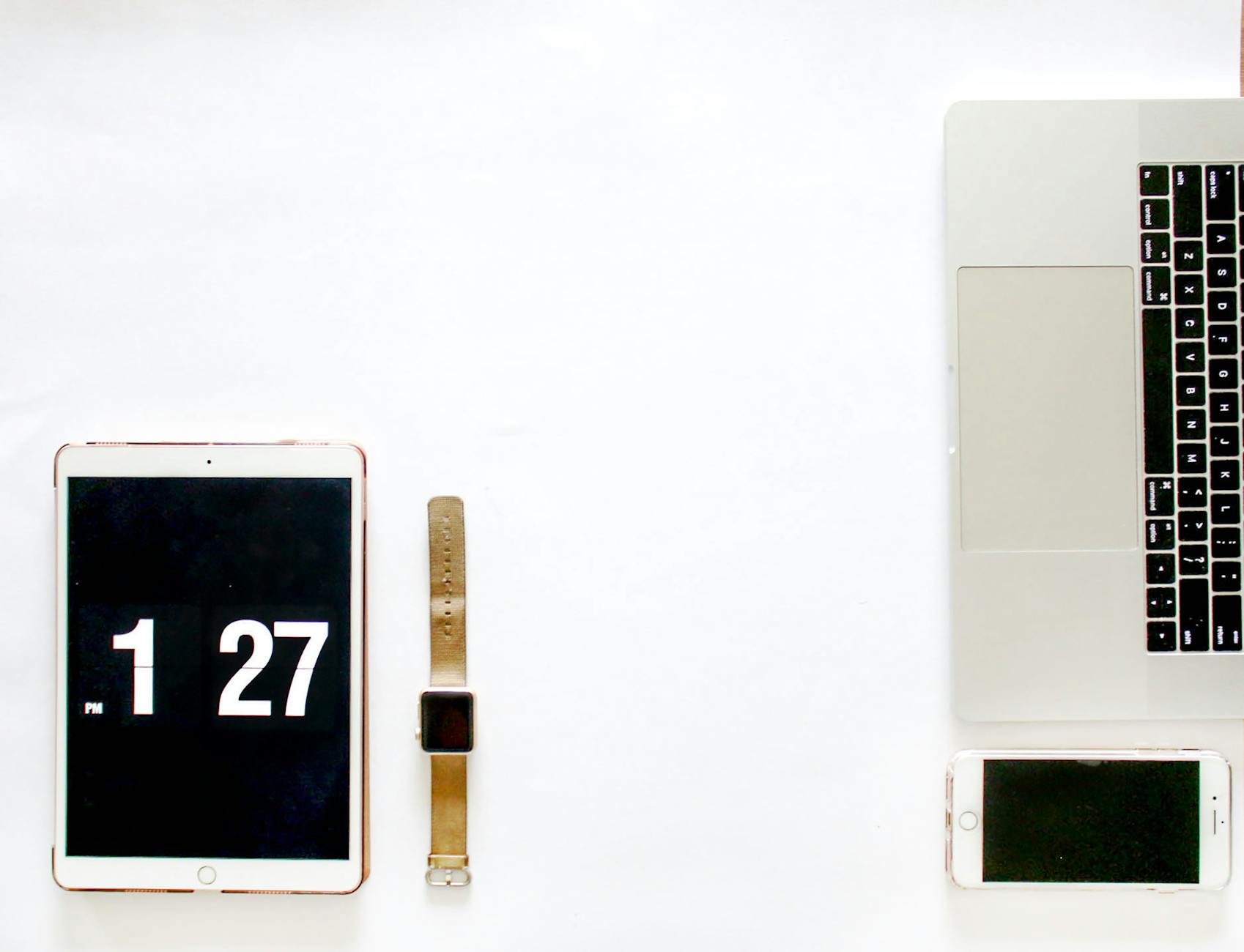UK's Dial-Up ISPs: Boomer Net Nostalgia

The internet has come a long way since its inception, with high-speed broadband and fiber-optic connections now the norm for many of us. However, there was a time not too long ago when getting online meant listening to the symphony of beeps and buzzes as your modem dialed up to connect to the internet. This era is fondly remembered by the generation that witnessed it firsthand—the Baby Boomers. Let's take a nostalgic dive into the experience of the UK's dial-up Internet Service Providers (ISPs) and reminisce about those early days of the internet.
What Was Dial-Up Internet?
Dial-up internet was a form of accessing the World Wide Web that involved using a modem to connect to an ISP via your home's telephone line. During the 1990s and early 2000s, it was the primary method of connecting to the internet in the UK and around the world.
How Did Dial-Up Work?
To get online, users would launch a connection program on their computers, which would signal the modem to dial a specific telephone number to connect to the ISP's server. The modem converted digital data from the computer into analog signals that could travel over the phone lines. Once connected, data could be transmitted back and forth, allowing users to browse the internet, albeit at much slower speeds than we're used to today.
The UK's Dial-Up Era
Prominent Dial-Up ISPs in the UK
-
AOL UK: One of the most notable providers, AOL, offered not only internet access but also a distinct software platform that integrated email, chat, and browsing.
-
BT Internet: As the UK's primary telecommunications provider, BT naturally offered dial-up services that many households adopted.
-
Freeserve: Another major player, Freeserve, revolutionized the market by eliminating subscription fees, instead of taking a share of the caller's local call charges.
The Boomer Net Experience
The term "Boomer Net" harkens back to the time when Baby Boomers were the primary users of the internet through dial-up connections. In this digital age, "Boomer Net nostalgia" refers to the unique experiences shared by this generation, such as:
-
The Sound of Modems Connecting: Few sounds encapsulate the era more than the screeching and whistling of modem handshaking with an ISP's server.
-
The Patience of Surfing: Waiting minutes for a single webpage to load was common, turning internet usage into a more deliberate and less spontaneous activity.
-
Busy Lines: Since dial-up used phone lines, households often faced the choice of surfing the web or keeping the line free for phone calls.
-
AOL Discs: Ubiquitous free AOL trial CDs were everywhere, offering hundreds of hours of free internet to entice new users.
-
Chat Rooms and Forums: Social media as we know it didn't exist, but chat rooms and forums were thriving hubs of online social interaction.
The End of an Era
The introduction of broadband internet, with its significantly faster speeds and 'always-on' connectivity, slowly rendered dial-up obsolete. By the mid-2000s, many UK users were making the transition to these new services, and the clunky, slow-speed of dial-up became a thing of the past.
Preservation of Digital Heritage
Despite its limitations, the dial-up era is an important part of our digital heritage. It represents the first wave of mass internet adoption and helped shape the online world as we know it today. Preserving the memories and experiences of the UK's dial-up ISPs is crucial for understanding the internet's history and development.
For those who lived through it, the dial-up era remains a charming and characterful chapter in their personal histories—a time when the world seemed a bit bigger, and the sound of a successful internet connection felt like a small triumph in the digital frontier.